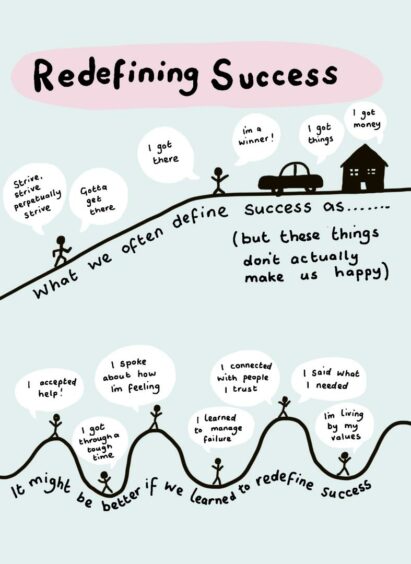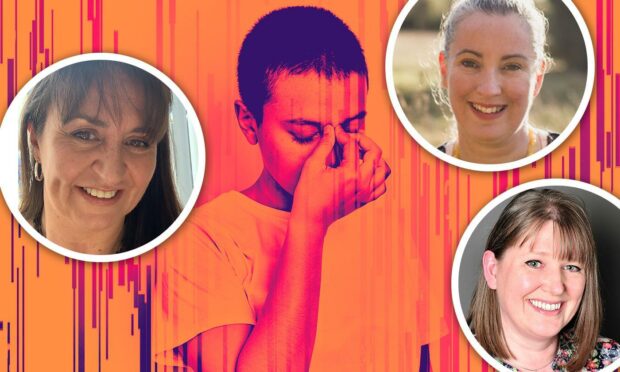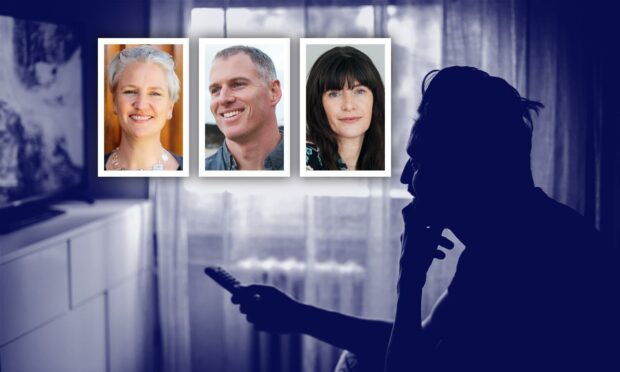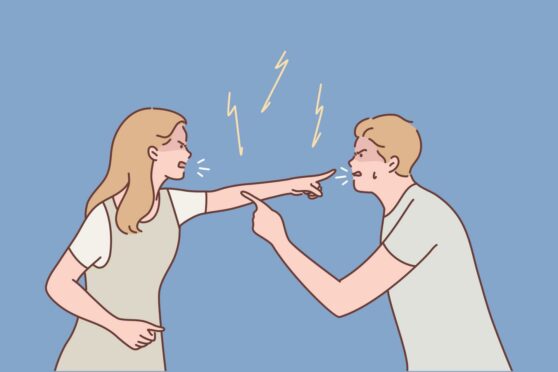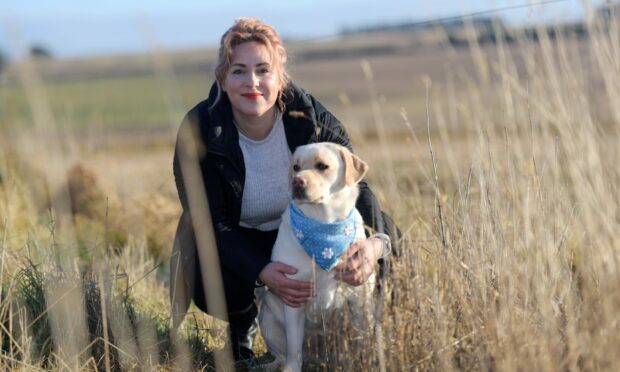If you’ve ever stood in front of the Taj Mahal in India, or the Great Wall of China you’ll be very familiar with this emotion.
Scientists have been studying it and research shows it plays an important role in boosting our health and happiness.
But an Aberdeen psychologist says we don’t need to travel far to the most exotic places in the world to experience this sense of awe.
Taking short ‘awe breaks’ can help you be happy
Dr Emma Hepburn explains that awe is all about the feeling of being amazed, surprised or filled with a feeling of wonder.
She highlights that experiencing awe gives us a feel-good emotion.
Children see awe everywhere and get distracted by little things on walks such as leaves, bugs and rocks.
But as we grow into adults our sense of awe reduces, and we are caught up more in our internal world.
But there’s evidence to show that we can cultivate a sense of awe, which is good for our health and wellbeing, and helps us be happy.
This could involve taking a walk on a different route and focusing on objects along the way you’ve never seen before.
Or you could even take a short “awe break” – pausing to look or listen to something that fills you with wonder, such as listening to Martin Luther King’s speech, watching a nature video, or an inspiring sporting feat.
“Rather than being in our own brain and thinking about ourselves and being caught up in our own bodies or thoughts, it takes us outside ourselves, makes us feel connected to the world, and to other people in the world,” she says.
“Even a little awe break for little awe moments can help.
“It makes the brain relax and think in a different way.”
Happiness is a skill that can be learned
Dr Hepburn, who has just written a book on happiness, explains that happiness is a skill that can be learned and one we need to work on often to achieve the emotion.
She explains that happiness is the overall sense that we are doing well in life and are flourishing.
It’s about experiencing positive emotions and having a sense of meaning and purpose in our lives.
Many factors have an impact on our happiness, including our life experiences and how we learn to interact with the world.
But happiness is not actually inbuilt in us, we can learn to take active steps to build it into our lives.
Why striving for big accomplishments won’t make you happier
Often we think it’s the big things in life that create lasting happiness – and we wait for them to happen.
But most of the time they don’t have as much impact as you had expected.
And in reality, you’ll probably be left feeling empty and longing for more.
Instead, Dr Hepburn recommends doing things every day to create feel-good emotions.
Work out what brings you joy, what makes you laugh, what makes you feel connected to other people and the best activities to make you feel relaxed.
The small daily things you do brings you happiness
“What has the most benefit for your happiness are the small daily things you can do because happiness is about building positive experiences and responding to difficult events on a daily basis,” Dr Hepburn explains.
“That has a greater impact on your happiness, and it’s something you can build in a realistic week rather than waiting for these big things which are often in the future, not necessarily in your control, and probably won’t bring you as much happiness as you think they will.”
So if you’re looking for a quick pick-me-up head out on a new nature walk, or watch something that will inspire you to bring on that heady sense of awe.
You can pick up more tips on building more joy in your life in Dr Hepburn’s new book.
A Toolkit for Happiness: 55 Ways to Feel Better is published by Greenfinch, and is available in bookshops now.



